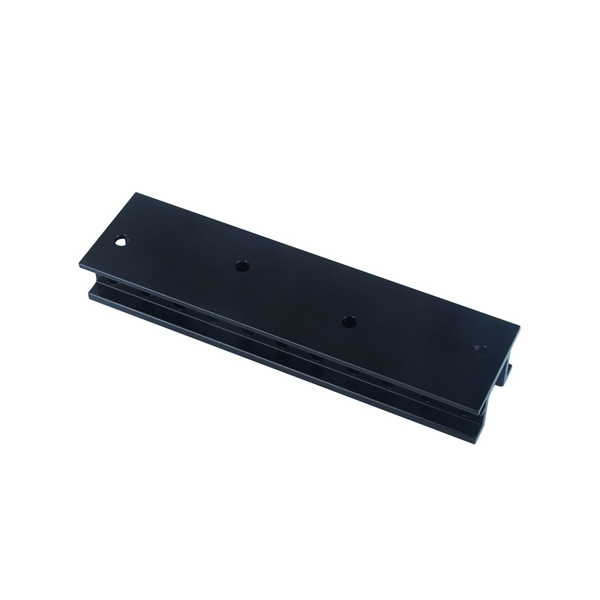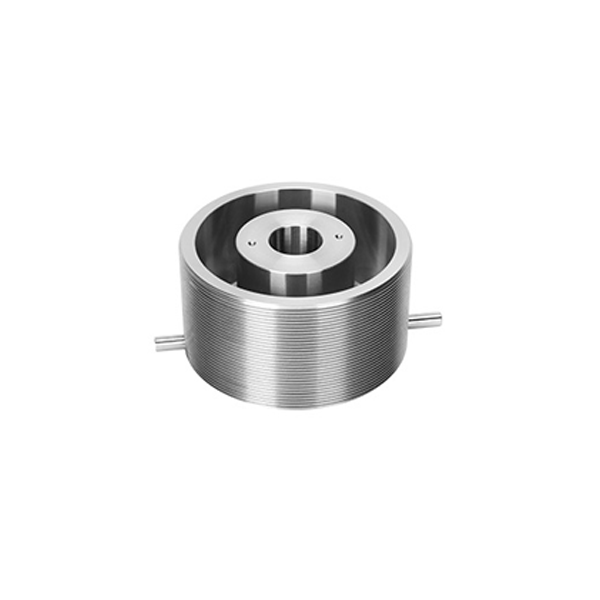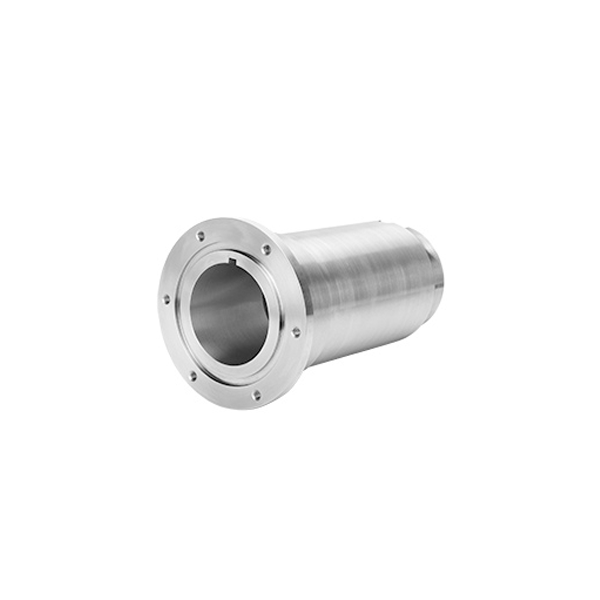GD Prototyping

Stainless Steel Parts Machining
-
Tolerance: Up to ±0.005 mm (depending on geometry)
-
Axis Capability: 3-axis, 4-axis, 5-axis CNC machining
-
Surface Roughness: Industrial-grade fine finishes achievable
-
Material Grades: 304, 316, 410, 17-4 PH stainless steels
-
Batch Options: Prototype, low-volume, and mass production supported
-
Finishing Options: Passivation, polishing, bead blasting, powder coating, custom finishes
- Description
- Specification
- Application
- FAQS
Stainless steel parts machining enables you to produce accurate, durable components in quantities that match your project’s needs. This method suits applications that do not require large-scale manufacturing but still demand high precision and performance.
When you need to test a product’s fit or function, low-volume machining provides a way to create fully functional stainless steel parts without committing to extensive tooling costs. Using advanced CNC equipment, you can begin production quickly while keeping upfront investment under control.
You can apply stainless steel parts machining at many stages of your development cycle. It works for prototyping, pilot runs, and low-volume end-use production before moving into full-scale manufacturing. This flexibility allows you to refine, test, and adjust designs efficiently.
In industries such as medical devices, automotive, and aerospace, this process supports the need for components that meet strict dimensional and performance standards. CNC machining delivers tight tolerances and maintains consistent quality across production runs, even in smaller quantities.
You can also adapt quickly to design updates. Because the machining process relies on programmable equipment rather than complex tooling, you can modify part geometries without long delays. This makes it easier to handle frequent design iterations or product improvements.
Stainless steel offers strength, corrosion resistance, and temperature tolerance, making it suitable for demanding environments. You can further enhance finished parts with surface treatments such as polishing, passivation, or coating to meet specific functional or aesthetic requirements.
If your project requires high-quality stainless steel components in smaller volumes, stainless steel parts machining gives you a reliable, cost-efficient solution. It bridges the gap between prototyping and mass production while giving you greater control over quality, design, and delivery schedules.
| Parameter | Value / Description |
|---|---|
| Process Name | Small batch injection molding |
| Production Volume | Small quantities |
| Key Benefits | High accuracy, critical part performance, production-level quality |
| Target Industries | Medical, automotive, aerospace (and others) |
-
Corrosion Resistance: Withstands harsh environments and chemical exposure.
-
High Strength: Durable parts for structural and load-bearing applications.
-
Versatility: Suitable for medical, automotive, aerospace, and industrial uses.
-
Precision: Tight tolerances for critical components.
-
Longevity: Stainless steel extends part lifespan, reducing maintenance costs.
Q1: Which stainless steel grades do you machine?
We work with 304, 316, 410, 17-4 PH, and other specialized grades.
Q2: Can stainless steel prototypes be made quickly?
Yes, we offer rapid prototyping with stainless steel alongside mass production.
Q3: Do you offer corrosion-resistant finishing?
Yes, options like passivation and polishing enhance resistance and appearance.
Q4: What tolerances can you achieve?
We can achieve tolerances up to ±0.005 mm depending on design complexity.
Q5: What industries use stainless steel parts most?
Medical, aerospace, automotive, industrial, marine, and food processing.











